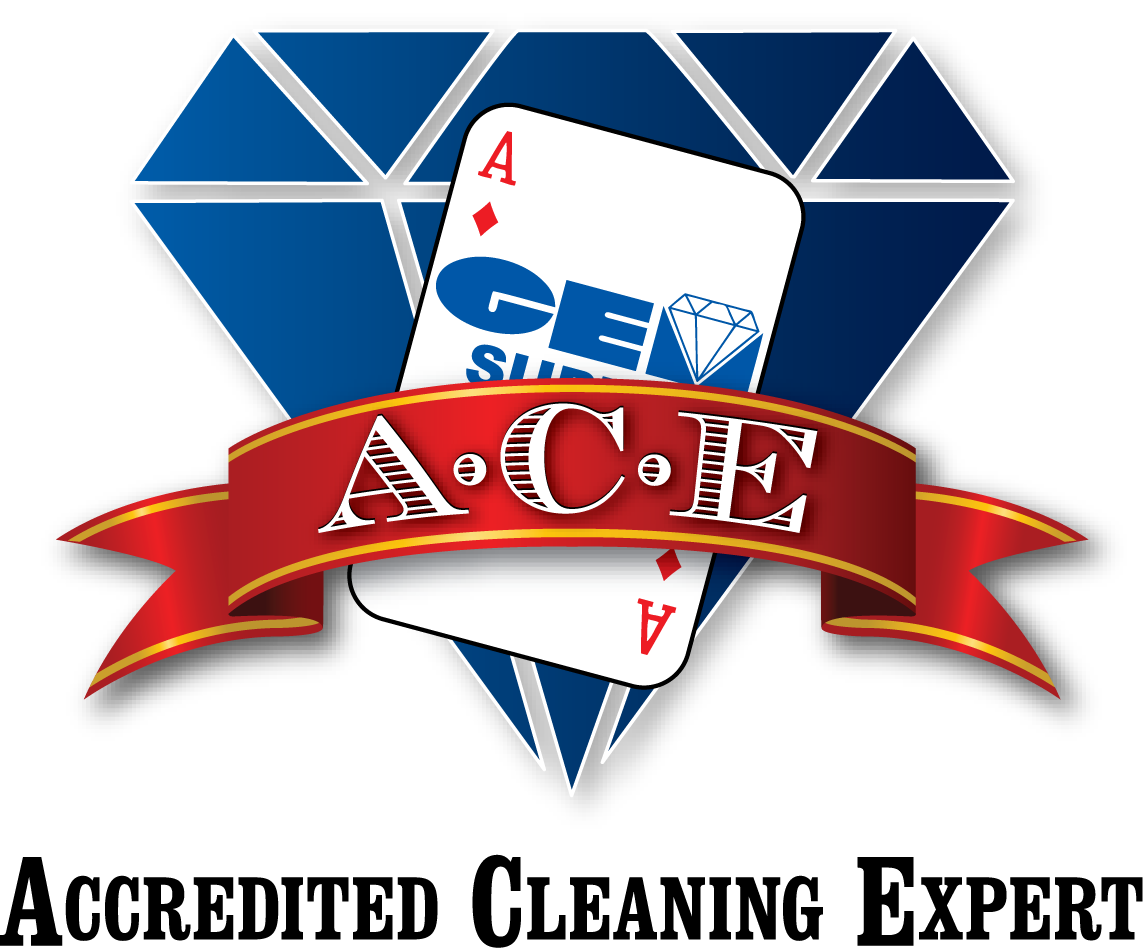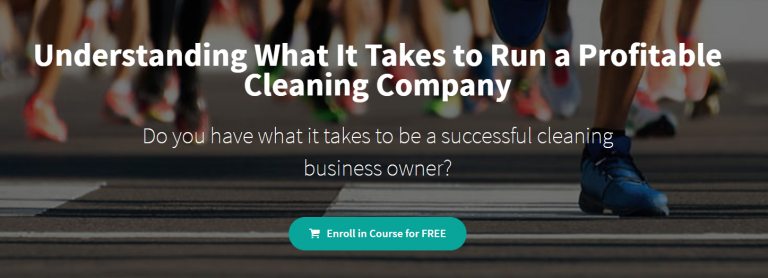“What Can I Do” Sustainability-Chemical Choices and Disposal, by American Cleaning Institute
![]()
A step-by-step guide to buying, using and disposing of household cleaning products – the environmentally smart way
 It’s all about choices… and doing what’s best for the environment — a goal that’s important for all of us! One area where each of us can make a positive contribution is in the way we purchase, use and dispose of cleaning products. And it all boils down to one simple question…
It’s all about choices… and doing what’s best for the environment — a goal that’s important for all of us! One area where each of us can make a positive contribution is in the way we purchase, use and dispose of cleaning products. And it all boils down to one simple question…
“How can I do the right thing in my own home, every day?”
The following steps are designed to help you make the best decisions about cleaning products for your family, your community and the environment.
 |
1. Before you buy…
|
 |
2. Before you use…
|
 |
3. After you use…
|
 |
4. If you must dispose of a product…
Follow label directions if provided. If there are no directions:
|
 |
5. When you dispose of the containers…
|
Proper Disposal of Water-Soluble Household Cleaning Products
 |
|
In the Trash … (aerosols, crystals, disks, pads, pastes, sheets, sticks, towelettes)
Wrap containers in paper before disposing in the trash.
|
Down the Drain … (liquids, powders*, gels)
When disposing of cleaning products:
* Dispose of powders in very small quantities at a time. This will help keep them from forming lumps in the drain pipe. |
Did You Know?
Your community may spend a lot of money when disposing of household hazardous waste (HHW). In general, HHW costs 10-15 times more to dispose of than non-hazardous municipal waste! If you’re disposing of non-hazardous materials in this way, it may be affecting your tax dollars.
Water-soluble household cleaning products (HCP) usually do not fall into the HHW category because they go safely down the drain or in the trash. So, think before you treat them as HHW — you’ll be saving your community money!
Start Out on the Right Foot…
Cutting down on trash at the source.
We all want to conserve resources and keep waste to a minimum. It’s called waste reduction – cutting down on excess products and their packages at the source.
The soap and detergent industry has been working hard to conserve resources and reduce waste. We’ve developed such innovations as concentrated products in smaller packages … combination products (providing two functions in one product) … refillable containers … and we’re also using recycled materials to make new containers. In fact the industry has become one of the biggest purchasers of recycled plastics, giving new life to the plastics you recycle!
Here’s where you come in. By buying concentrated products, refills or containers made from recycled materials – and by recycling your used containers – you’re keeping excess trash out of landfills. It’s partnerships like these that will provide the long term solutions. And, by working together, we’ll all be doing what’s best for our environment.

Follow the Steps to Smart Use and Disposal
“Thinking Green” is a daily journey! By making informed decisions before, during and after product use, you’re on your way to doing the right thing for yourself and your community. And remember, the key to smart use and disposal is reading the label! It’s the single most important thing you can do to make the right decisions.
Thank you American Cleaning Institute!
![]()


